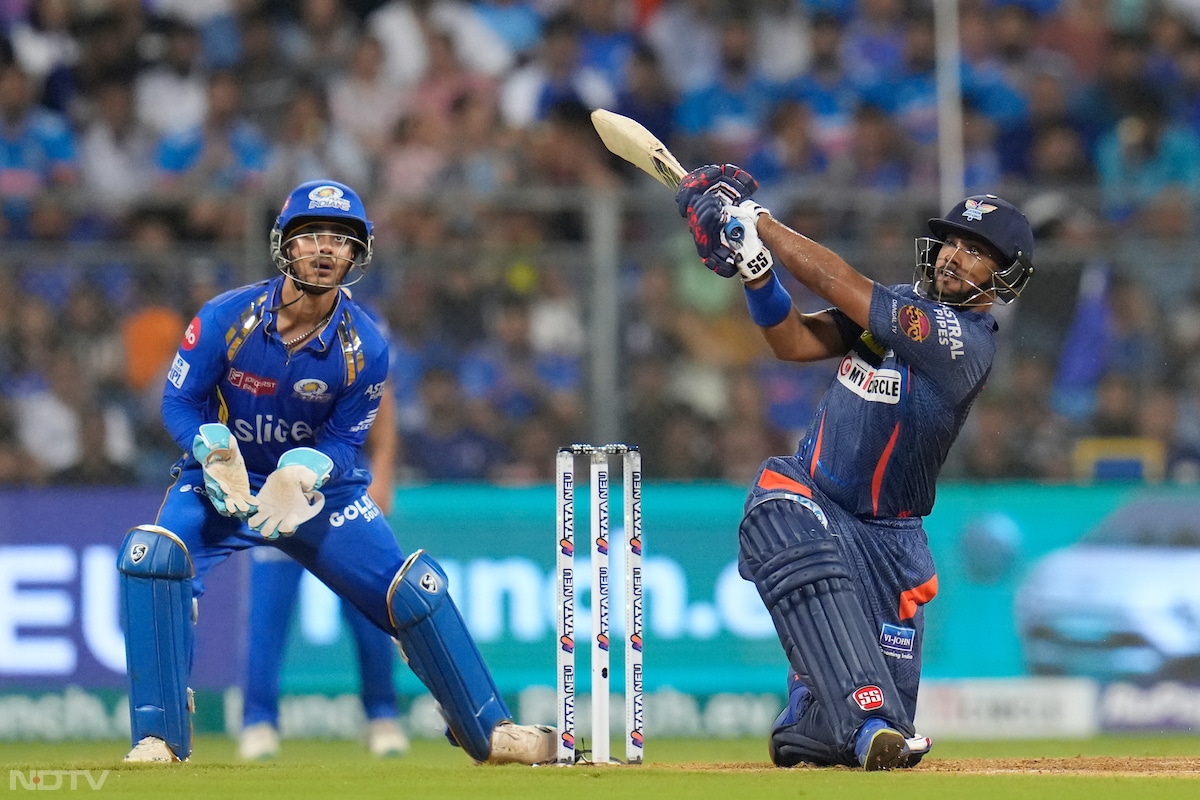Cricket - IPL 2024
The Impact of T20 Leagues on International Cricket: A Double-Edged Sword
Published: 28 November 2024

The emergence of T20 leagues has transformed the landscape of cricket, bringing both excitement and challenges to the sport. While these leagues have popularized cricket globally and attracted new audiences, they also pose significant threats to the traditional formats, particularly Test cricket. This blog explores the dual impact of T20 leagues on international cricket, examining both the benefits and drawbacks of this evolving dynamic. One of the most significant advantages of T20 leagues is their ability to generate substantial revenue. The Indian Premier League (IPL), for instance, has set a benchmark for financial success in cricket, attracting top players from around the world. The lucrative contracts offered by T20 franchises provide players with financial security that often surpasses what they can earn from international matches. This financial allure has led many players to prioritize T20 cricket over Test matches, raising concerns about the future of the longest format. As players increasingly opt for T20 leagues, international cricket faces a talent drain. Countries like South Africa and the West Indies have seen key players withdraw from Test commitments to participate in franchise tournaments. This trend not only weakens national teams but also diminishes the quality of Test matches, as teams are forced to field inexperienced or second-string players. The situation reached a critical point when South Africa had to take several debutantes on a tour due to the absence of their star players who prioritized T20 leagues. Despite these challenges, T20 leagues have undeniably contributed to the growth of cricket worldwide. They have introduced the sport to new audiences and generated interest in countries where cricket was previously less popular. The fast-paced nature of T20 matches appeals to younger fans, creating a new generation of cricket enthusiasts. This influx of fans can ultimately benefit Test cricket by fostering a broader appreciation for the sport as a whole. Moreover, T20 leagues have influenced playing styles and strategies across all formats. The aggressive batting techniques and innovative shots developed in T20 cricket have seeped into Test matches, leading to more dynamic gameplay. Teams are now adopting riskier approaches, resulting in fewer drawn matches and more decisive outcomes. For instance, England's "Bazball" approach has integrated elements from T20 into their Test strategy, emphasizing scoring quickly and taking calculated risks. However, this shift toward aggressive play raises questions about the long-term sustainability of Test cricket. As players become accustomed to shorter formats that prioritize instant gratification, there is a risk that they may lose sight of the patience and endurance required in Test matches. The delicate balance between preserving the integrity of Test cricket while adapting to modern trends is a challenge that stakeholders must navigate carefully. To ensure the survival of Test cricket amidst the growing popularity of T20 leagues, it is crucial for governing bodies to implement strategies that incentivize participation in longer formats. Initiatives like increased match fees or bonuses for Test performances could help attract players back to this format. Additionally, promoting the World Test Championship can create context and significance around Test series, encouraging teams to prioritize their performance in this format. In conclusion, while T20 leagues have revolutionized cricket by bringing financial rewards and global exposure, they also present challenges that could jeopardize the future of Test cricket. Striking a balance between embracing innovation and preserving tradition is essential for maintaining the integrity of all formats. By recognizing the value of Test cricket and implementing measures to support it, stakeholders can ensure that this cherished format continues to thrive alongside its shorter counterparts. The future of international cricket depends on finding solutions that honor its rich history while adapting to an ever-changing landscape.











